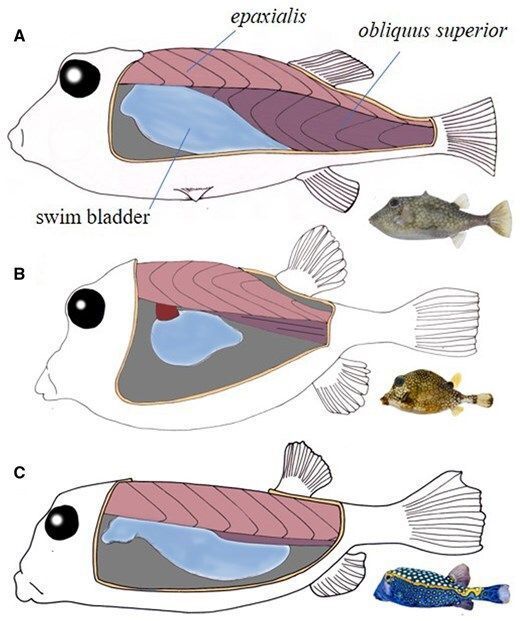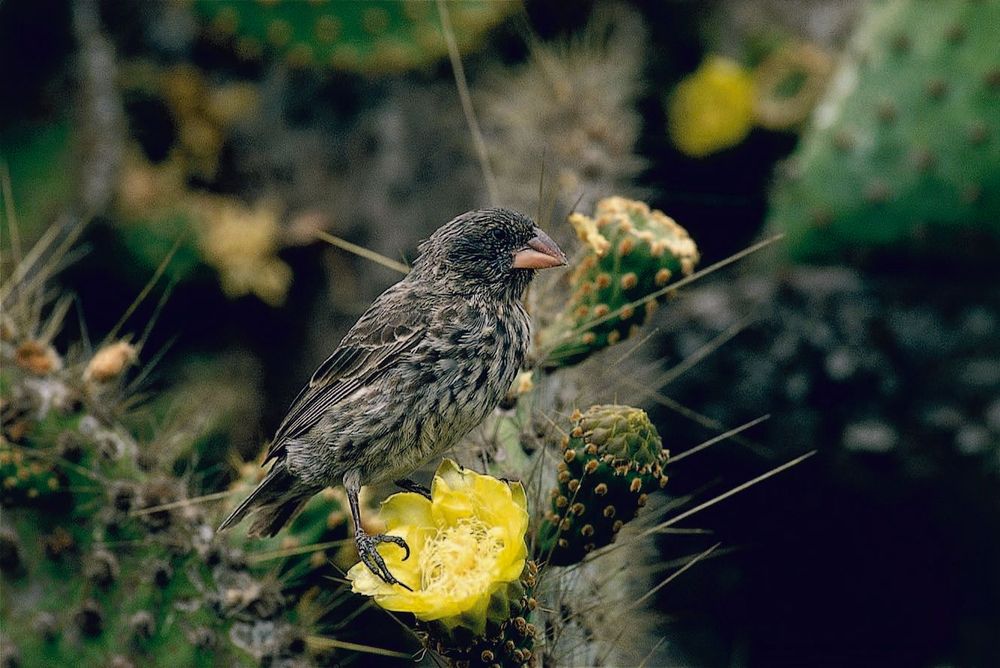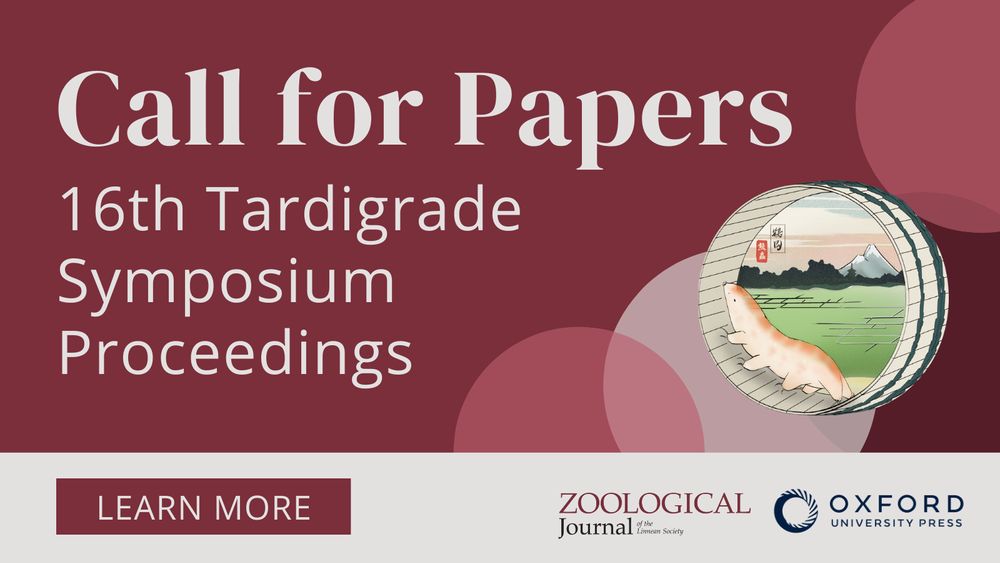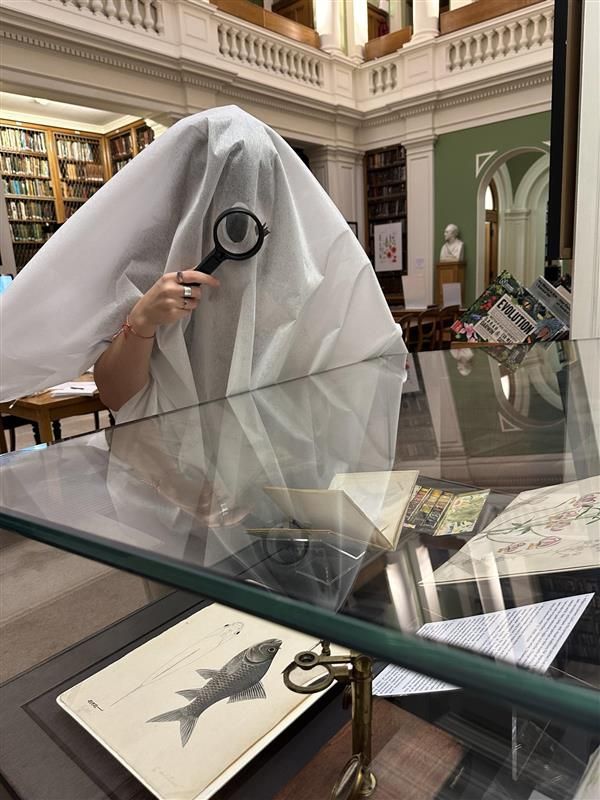
Homepage: https://academic.oup.com/zoolinnean
Blog: https://www.linnean.org/news/categories/the-paper-trail
#StrangerThings #Demogorgon

Found hiding from Panama to Colombia, whole-genome sequencing uncovered this new species as part of the tribe Phocidini!
doi.org/10.1093/zool...
@linneansociety.bsky.social

Found hiding from Panama to Colombia, whole-genome sequencing uncovered this new species as part of the tribe Phocidini!
doi.org/10.1093/zool...
@linneansociety.bsky.social
doi.org/10.1093/botl...

doi.org/10.1093/botl...
It turns out all species (Atlantic & Pacific) do, yet little is known about how this evolved. A novel structure found only in the Atlantic species offered the answer, but it isn't quite what you think...🌍 🧪
doi.org/10.1093/biol...

It turns out all species (Atlantic & Pacific) do, yet little is known about how this evolved. A novel structure found only in the Atlantic species offered the answer, but it isn't quite what you think...🌍 🧪
doi.org/10.1093/biol...
Not quite as catchy as the Queen hit, the phylogeny of broad-nosed weevils was explored using mitochondrial genomes of 130 species, helping to classify the subfamily & uncover their biogeography! 🌍👇🧪
doi.org/10.1093/zool...
@linneansociety.bsky.social

Not quite as catchy as the Queen hit, the phylogeny of broad-nosed weevils was explored using mitochondrial genomes of 130 species, helping to classify the subfamily & uncover their biogeography! 🌍👇🧪
doi.org/10.1093/zool...
@linneansociety.bsky.social





The yellow sea snake can only be found in Costa Rica's Golfo Dulce basin, with this population being geographically & morphologically isolated from the pelagic sea snake. However, genetic differentiation is lacking! An intriguing paradox...🧪 🌍 👇
doi.org/10.1093/zool...

The yellow sea snake can only be found in Costa Rica's Golfo Dulce basin, with this population being geographically & morphologically isolated from the pelagic sea snake. However, genetic differentiation is lacking! An intriguing paradox...🧪 🌍 👇
doi.org/10.1093/zool...
doi.org/10.1093/botl...

doi.org/10.1093/botl...
doi.org/10.1093/zool...
#molluscmonday

doi.org/10.1093/zool...
#molluscmonday
Ghosts of the past come back to haunt the genetic record of island colonisation events, revealing silent extinctions! Written by guest blogger Adam Brachtl, this blog explores how molecular genetics can uncover these hidden stories...(1/6) 🌍🧪👇
www.linnean.org/news/2025/11...

Ghosts of the past come back to haunt the genetic record of island colonisation events, revealing silent extinctions! Written by guest blogger Adam Brachtl, this blog explores how molecular genetics can uncover these hidden stories...(1/6) 🌍🧪👇
www.linnean.org/news/2025/11...
Crayfish rely heavily on chemical & mechanical senses, using their antennae & antennules to do so. Here, 1526 specimens from 93 species were studied, finding cave-dwelling species had longer antennae! 🌍 🧪 🦐
doi.org/10.1093/zool...

Crayfish rely heavily on chemical & mechanical senses, using their antennae & antennules to do so. Here, 1526 specimens from 93 species were studied, finding cave-dwelling species had longer antennae! 🌍 🧪 🦐
doi.org/10.1093/zool...
Aphodiini (dung beetles) are important decomposers & comprise ~2,200 species, yet are still a bit of a mystery. Here, their molecular phylogeny is reconstructed to explore the evolutionary history of their nesting behaviour & body size! 🧪 🌍 💩
doi.org/10.1093/zool...

Aphodiini (dung beetles) are important decomposers & comprise ~2,200 species, yet are still a bit of a mystery. Here, their molecular phylogeny is reconstructed to explore the evolutionary history of their nesting behaviour & body size! 🧪 🌍 💩
doi.org/10.1093/zool...
Awarded annually in memory of Dr John C. Marsden, the prize celebrates outstanding doctoral theses in biology (excluding botany): oxford.ly/3Jnp0B9

Awarded annually in memory of Dr John C. Marsden, the prize celebrates outstanding doctoral theses in biology (excluding botany): oxford.ly/3Jnp0B9
By comparing Afrotropical & European temperate species, distinct latitudinal differences in feather growth rates were found, with tropical passerines growing wing feathers faster! Why? Take a beak to find out...

By comparing Afrotropical & European temperate species, distinct latitudinal differences in feather growth rates were found, with tropical passerines growing wing feathers faster! Why? Take a beak to find out...
doi.org/10.1093/zool...
@linneansociety.bsky.social

doi.org/10.1093/zool...
@linneansociety.bsky.social

Looking at the effect of palaeoclimate & palaeogeological events on the MASSIVE East Asian freshwaer crab genus Sinopotamon, the impact of Miocene monsoons on their diversification was investigated...if you like crabs, check it out below 👇🌍🧪
doi.org/10.1093/zool...

Looking at the effect of palaeoclimate & palaeogeological events on the MASSIVE East Asian freshwaer crab genus Sinopotamon, the impact of Miocene monsoons on their diversification was investigated...if you like crabs, check it out below 👇🌍🧪
doi.org/10.1093/zool...

The acacia fruit doesn't fall far from the evolutionary tree in this new blog, written by guest blogger Josie Cooper! Ever wondered how plants defend themselves from plant-eating predators? In the case of swollen-thorn acacias, the answer is ants...a 🧵 (1/6) 🌍🧪
buff.ly/Sm4NQsQ

The acacia fruit doesn't fall far from the evolutionary tree in this new blog, written by guest blogger Josie Cooper! Ever wondered how plants defend themselves from plant-eating predators? In the case of swollen-thorn acacias, the answer is ants...a 🧵 (1/6) 🌍🧪
buff.ly/Sm4NQsQ
We'd love for you to be a part of it!
oxford.ly/3Io2fwq

We'd love for you to be a part of it!
oxford.ly/3Io2fwq
academic.oup.com/zoolinnean/p...

academic.oup.com/zoolinnean/p...
An ornithological mystery 180 years in the making has finally been solved, as the skin of the final (reliably known) female Great Auk has been recovered from the Natural History Museum of Cincinnati! 🌍🧪👇
doi.org/10.1093/zool...
#FossilFriday! #MAFSUK


An ornithological mystery 180 years in the making has finally been solved, as the skin of the final (reliably known) female Great Auk has been recovered from the Natural History Museum of Cincinnati! 🌍🧪👇
doi.org/10.1093/zool...
#FossilFriday! #MAFSUK
Ghost species (no, not species of ghost) are extinct, unknown & unsampled taxa...and they vastly outnumber those included in phylogenetics. This hidden diversity can complicate phylogenetic signals of horizontal gene flow, impacting their study...(1/2)🧪

Ghost species (no, not species of ghost) are extinct, unknown & unsampled taxa...and they vastly outnumber those included in phylogenetics. This hidden diversity can complicate phylogenetic signals of horizontal gene flow, impacting their study...(1/2)🧪

